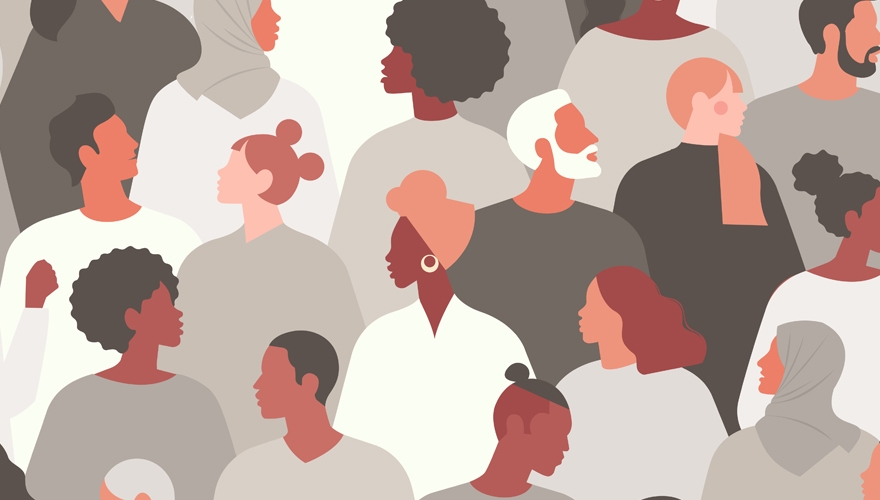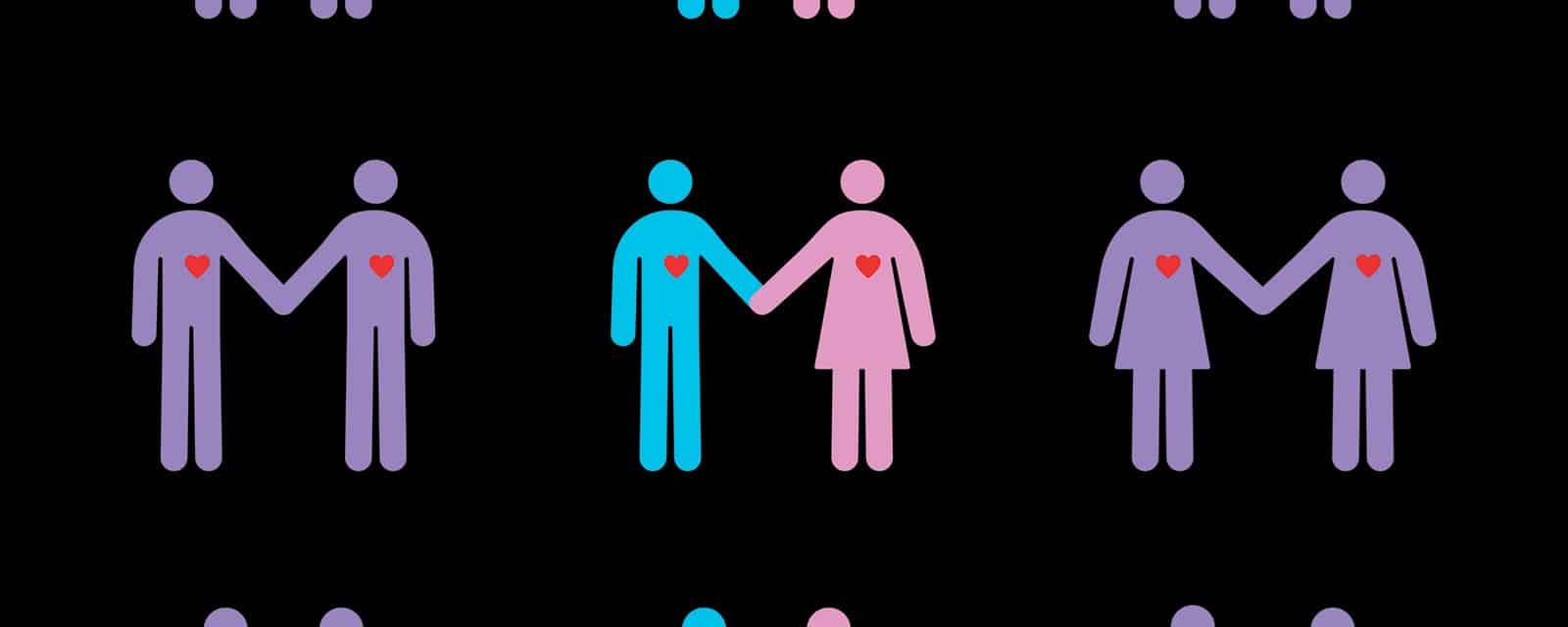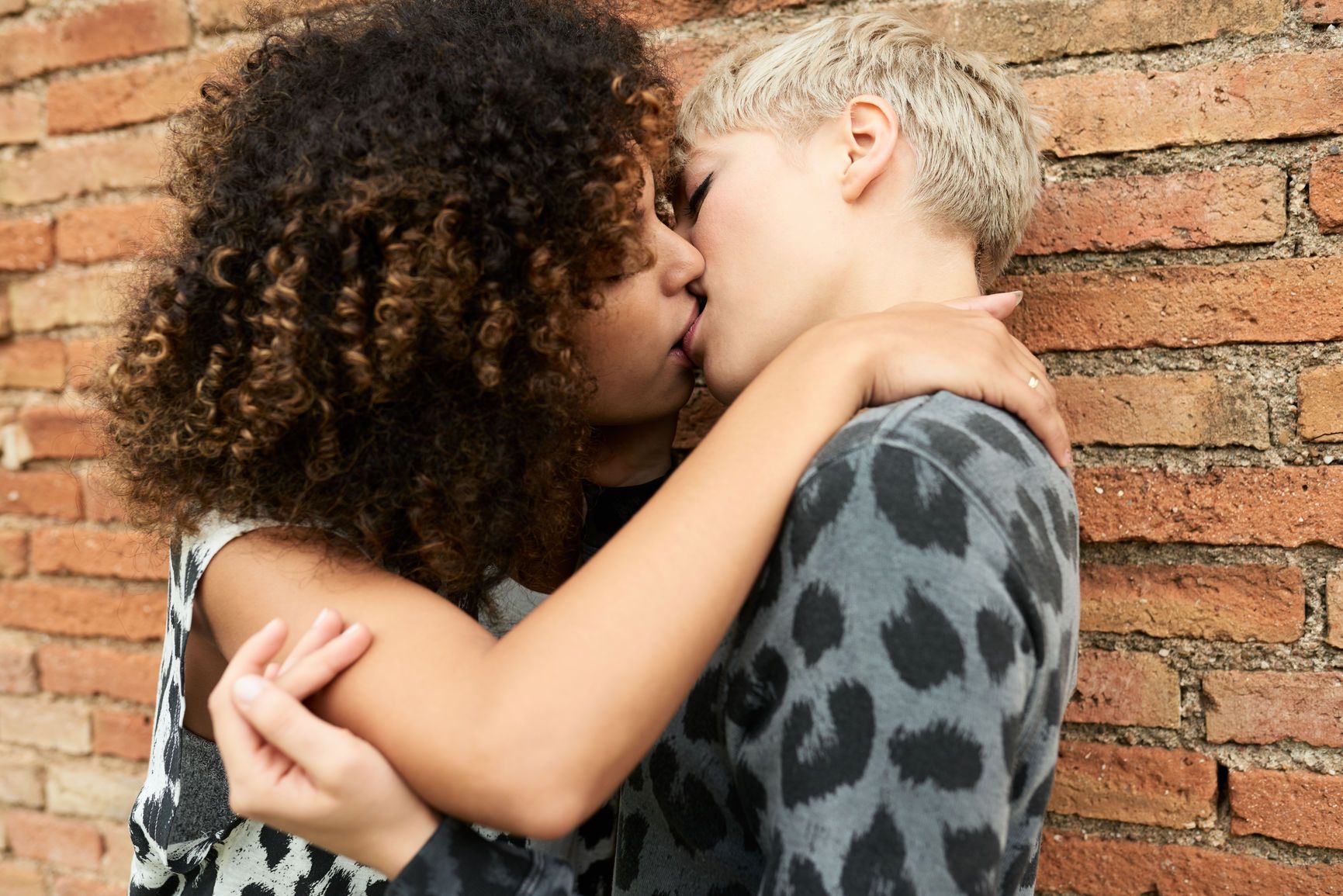As a member of the LGBTQ community, everyday, seemingly harmless, or minor discrimination, also known as micro-aggression, is an inevitable part of everyday life.
Micro-aggression is defined as everyday intentional or unintentional insults or “attacks” that convey hostile, derogatory, or negative messages.
It must be said, however, that in many cases the person who makes these comments is kind-hearted and unaware that he has said or done something rude or offensive.
When viewed from the side, microaggression may seem harmless or insignificant. People might think that these seemingly harmless comments should simply be ignored. But over time, this type of interaction can cause significant damage. Studies have found that people who experience micro-aggression on a daily basis face mental health problems such as depression and anxiety, as well as physical health problems such as high blood pressure.
HOW TO RESPOND TO MICROAGGRESSION?
Should it be ignored? Show dissatisfaction? Explain? Or say something later when you have been able to grasp what happened? It depends on each individual and the circumstances. First, consider your physical security. Evaluate your relationship with this person, the place you are (in case you encounter microaggression in the workplace, you will have to act differently than sitting with friends), and whether you are emotionally ready for such a conversation.
If you want to respond to comment now and now, the simplest strategy is to ask, “What did you mean by that?” Sometimes when people make seemingly offensive comments, they may not even realize that what they are saying has a negative connotation. By asking for clarification, this person has the opportunity to hear or reflect on what they have just said, perhaps to correct what has been said, or even to apologize.
And what if you are the cause of micro-aggression? First, be aware that it does not make you a bad person. Many people with good intentions inadvertently make offensive comments from time to time. We all have something we don’t fully understand.
Remember, if you have inadvertently offended someone, do not try to defend your misconception, which is usually a person’s natural reaction. Try to understand what the other person is saying and how it has affected them, and even apologize if you have hurt them.
MICRO-AGGRESSION THAT LGBTQ PEOPLE FACE IN THEIR DAILY LIVES:
1. Assumption that in a non-traditional relationship, one partner is a “man” and the other is a “woman”.
Many lesbian couples face this. More masculine women are often treated as men, giving them some kind of privilege, while the other person, due to their more feminine appearance, is treated with less respect.
2. Assumption that LGBTQ is a “choice” or a “lifestyle”
3. Questions about a person’s intimate body parts, such as, “What exactly is down there for you?”
4. Tell someone that he doesn’t look gay, lesbian, etc.
5. Expect a person to have certain personality traits or interests based on stereotypes.
For example, expect a gay guy to want to go shopping with a bunch of girls and other situations that are portrayed in movies.
6. Ask the transperson when a “surgery” is planned.
This not only misleads into believing that transgender people need to have surgery to become healthy people, but also that there is some “one universal operation” that transgender people need to perform in order to “successfully” fit into the trans world. Many choose to never have surgery, many simply cannot afford it.
7. Assume that non-traditionally oriented people cannot compare themselves with traditionally oriented ones
It is assumed that non-traditionally oriented people cannot give relationship advice to traditionally oriented people and that these people cannot form an understanding with each other, understand each other’s situations and life experiences.
8. Ask lesbians how they have sex
This is such an invasive and personal issue. People, mostly men, automatically think that women owe them this answer. For the most part, these questioners also think that sex is the only interaction between the penis and the vagina.
9. Ask the person if he / she has a boyfriend / girlfriend / husband / wife based on how he / she looks.
10. Think that you can “correct” or “change” a person’s sexuality
11. Exclusion of the other half of the LGBTQ person from family activities.
12. Speaking on behalf of LGBTQ people without allowing them to express their views.
An example of this is workplaces, schools, or institutions that want to take part in inclusion training and discuss how best to support non-traditional people. When accepting, for example, support for transgender people in the workplace, a representative from this group should be included among the decision-makers.
13. Ask someone you just met to tell the story of how he “got out of the closet” or revealed his sexuality to others
Usually, these are people you just meet who ask, “How did you know you liked girls? Have you been with a man to make sure of that? ”No one owes anyone their story of discovering sexuality and their history to give insight or entertainment to an audience.
- Micro-aggression that almost every member of the LGBTQ community faces on a daily basis
- Sending nude photos: a guide for men to do so politely
- 8 most famous celebrity “sex tapes” or sex videos of all time
- Sex or the phone: what would be easier for you to give up?
- Is anal sex harmful to health? The sexologist answers







